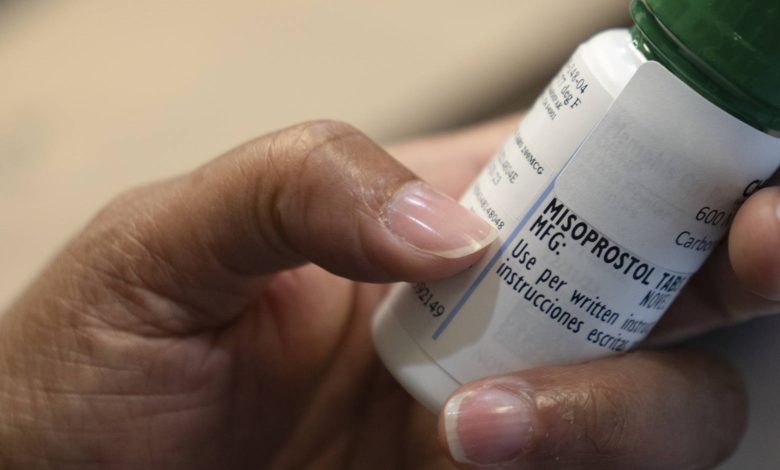Does the Second Dose of Misoprostol Hurt?

Misoprostol is a medication commonly used for various medical purposes, including inducing labor, preventing stomach ulcers, and, in combination with other medications, for medical abortion. The experience of taking misoprostol, including any associated pain or discomfort, can vary from person to person. It’s important to note that the second dose of misoprostol is often used in the context of medical abortion, and the specifics can depend on the individual’s unique circumstances and the guidance provided by their healthcare provider.
Medical abortion typically involves a two-step process, with the first step being the administration of one medication (such as mifepristone) followed by a second step with misoprostol. Misoprostol is used to induce contractions in the uterus, leading to the expulsion of the uterine contents. Women can anticipate the onset of cramping and bleeding within a timeframe typically ranging from 1 to 4 hours. This period marks the initiation of the medication’s uterotonic effects, inducing contractions in the uterus to facilitate the expulsion of uterine contents.
Here is what you should know regarding the second dose of misoprostol:
1. Pain and Cramping: It is common for individuals to experience cramping and abdominal pain after taking misoprostol. This is a normal part of the medication’s mechanism of action, as it causes the uterus to contract.
2. Intensity of Pain: The intensity of pain can vary among individuals. Some people may experience mild discomfort, while others may have more intense cramps. Pain levels can also depend on factors such as the gestational age of the pregnancy, overall health, and individual pain tolerance.
3. Duration of Pain: Cramping and pain typically start after taking misoprostol and may last for several hours. The duration can vary, and it’s essential for individuals to be prepared for this aspect of the medical abortion process.
4. Pain Management: Healthcare providers may recommend over-the-counter pain relievers or prescribe medication to manage pain during the process. It’s important to follow their guidance and take any prescribed medications as directed.
5. Bleeding: In addition to cramping, individuals may experience vaginal bleeding, which is a normal part of the abortion process. The bleeding can be similar to a heavy menstrual period.
6. Individual Variation: Each person’s experience with misoprostol can be unique, and some individuals may report minimal discomfort, while others may find the process more challenging.
Addressing Concerns and Questions
Open communication with healthcare providers is essential during the medical abortion process. Patients should feel comfortable discussing their concerns and asking questions about what to expect. Healthcare professionals can provide detailed information, offer support, and address any specific worries about pain or discomfort.
Managing Discomfort
To enhance the overall experience and manage potential discomfort during the second dose of misoprostol, individuals can consider the following:
1. Pain Medication: Use any prescribed or recommended pain medications as directed by healthcare providers.
2. Heat Therapy: Applying a heating pad to the lower abdomen can help alleviate cramps and provide comfort.
3. Rest and Hydration: Taking it easy and staying well-hydrated can contribute to a smoother experience during the abortion process.
Conclusion
While the second dose of misoprostol may cause discomfort, it’s crucial to recognize that it is a normal part of the medical abortion process. Open communication with healthcare providers, adherence to prescribed medications, and self-care measures can significantly contribute to managing any potential discomfort. Ultimately, the support and guidance of healthcare professionals play a pivotal role in ensuring a safe and informed medical abortion experience.





